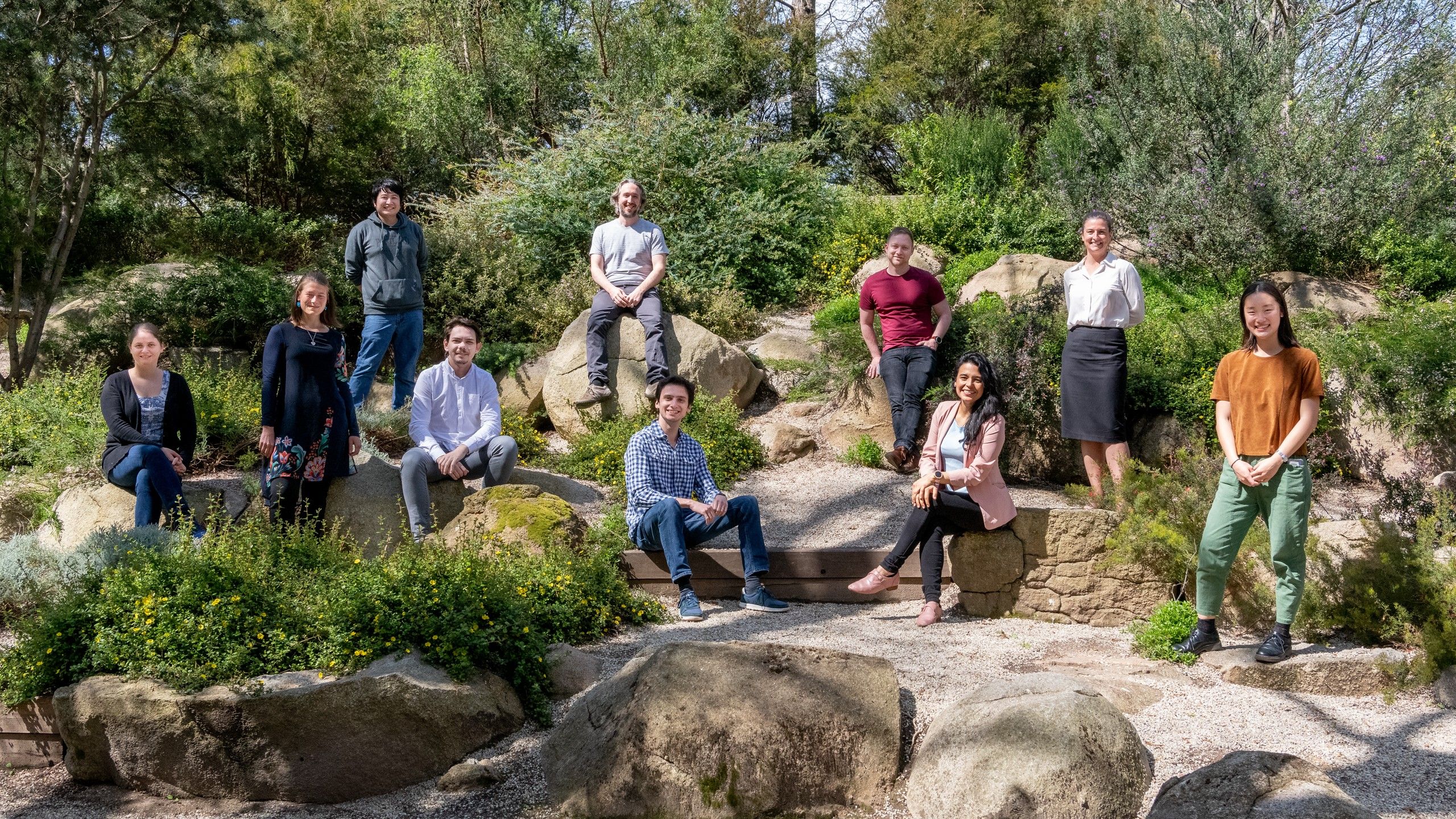Lab
Hogan Lab
|

|
Statement of Research Interest
Understanding lymphatic vessel development using model organism genetics and genomics
Lymphatic vessels form from pre-existing vessels via lymphangiogenesis in both development and in pathological settings. Lymphatics function to drain tissue fluid and traffic immune cells, but are also utilised by tumours to metastasise to lymph nodes and secondary sites in cancer. We characterise molecular mechanisms that control lymphangiogenesis using model organisms (zebrafish and mice). We particularly use single cell genomics coupled with systems biology approaches, large scale genetic screens, CRISPR genome editing and transgenesis to characterise molecular mechanisms. Current work includes detailed genetic analysis of pathways including the CCBE1/VEGFC/VEGFR3 pathway, the Hippo pathway, the role of alternative pre-mRNA splicing and the role of the cell fate regulator Prox1.
Genetics of blood brain barrier formation in zebrafish
The blood brain barrier (BBB) separates the brain parenchyma from circulating blood and macromolecules, representing a significant challenge for delivery of therapeutics, and acting as a barrier in metastasis. The BBB is made up of tightly adherent vascular endothelial cells surrounded by essential mural cell lineages, such as pericytes. How the different cells at the BBB develop, interact and function remains far from understood. We are using single cell genomics and a forward genetic screen in zebrafish to discover new genes and molecular mechanisms that control the maturation and function of pericytes and BBB endothelial cells. This work aims to identify new molecular mechanisms and future therapeutic opportunities.
Live imaging cell signalling and molecular dynamics in vascular development
Directly observing key molecules and pathways as they act to control tissue formation, or as they drive pathological phenotypes, is a major challenge in cell biology. We are utilising biosensors that report signalling events and multiple imaging modalities to directly observe real-time molecular functions in cells in normal development and disease models in vivo. This work has uncovered unexpected mechanisms in angiogenesis during wound repair and allowed us to study cell-cell adhesion mechanics in developing tissues. We are currently diversifying our vascular biosensor tools and applying new imaging approaches to observe dynamic changes in individual molecules of interest.
Lymphatic vessels form from pre-existing vessels via lymphangiogenesis in both development and in pathological settings. Lymphatics function to drain tissue fluid and traffic immune cells, but are also utilised by tumours to metastasise to lymph nodes and secondary sites in cancer. We characterise molecular mechanisms that control lymphangiogenesis using model organisms (zebrafish and mice). We particularly use single cell genomics coupled with systems biology approaches, large scale genetic screens, CRISPR genome editing and transgenesis to characterise molecular mechanisms. Current work includes detailed genetic analysis of pathways including the CCBE1/VEGFC/VEGFR3 pathway, the Hippo pathway, the role of alternative pre-mRNA splicing and the role of the cell fate regulator Prox1.
Genetics of blood brain barrier formation in zebrafish
The blood brain barrier (BBB) separates the brain parenchyma from circulating blood and macromolecules, representing a significant challenge for delivery of therapeutics, and acting as a barrier in metastasis. The BBB is made up of tightly adherent vascular endothelial cells surrounded by essential mural cell lineages, such as pericytes. How the different cells at the BBB develop, interact and function remains far from understood. We are using single cell genomics and a forward genetic screen in zebrafish to discover new genes and molecular mechanisms that control the maturation and function of pericytes and BBB endothelial cells. This work aims to identify new molecular mechanisms and future therapeutic opportunities.
Live imaging cell signalling and molecular dynamics in vascular development
Directly observing key molecules and pathways as they act to control tissue formation, or as they drive pathological phenotypes, is a major challenge in cell biology. We are utilising biosensors that report signalling events and multiple imaging modalities to directly observe real-time molecular functions in cells in normal development and disease models in vivo. This work has uncovered unexpected mechanisms in angiogenesis during wound repair and allowed us to study cell-cell adhesion mechanics in developing tissues. We are currently diversifying our vascular biosensor tools and applying new imaging approaches to observe dynamic changes in individual molecules of interest.
Lab Members
| Baltaci, Oguzhan Post-Doc | Mason, Elizabeth Post-Doc | Okuda, Kazuhide Shaun Post-Doc |
| Brown, Ryan Graduate Student | Kobayashi, Sakurako Graduate Student | Usseglio Gaudi, Andrea Graduate Student |
| Yu, Hujun Graduate Student | Chen, Tyrone Research Staff | Dudczig, Stefanie Research Staff |
| Paterson, Scott Research Staff | Rondon Galeano, Maria Cristina Research Staff |
